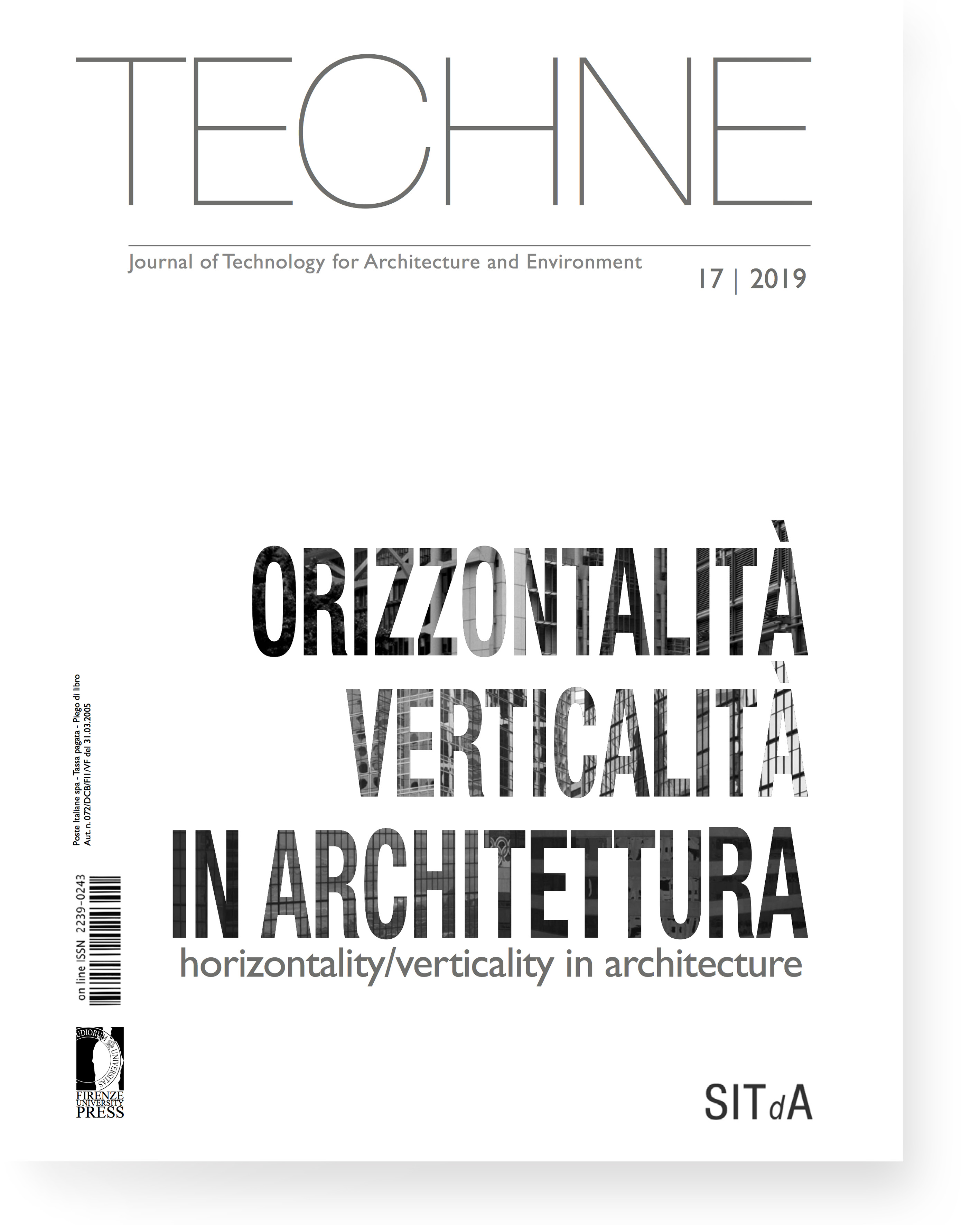Designing contemporary skyscrapers. Remarks on the technical and architectural evolution of tall buildings
Published 2019-01-17
Keywords
- Skyscraper; Spaces of socialization; Sustainability (social,
- environmental
How to Cite
Abstract
In recent decades the number of tall buildings has increased exponentially, worldwide. When considering buildings surpassing the 200-meter height threshold, only a select few were constructed in the years before 200, while in 2017 alone, 144 buildings with this height were completed (CTBUH, 2018). New tall buildings are very different from what was built in the past and these design changes have derived from a number of factors: new technologies, new architectural styles, and above all, an unprecedented attention to the social issues and the well-being of the occupants. These changes, which continue to be introduced in order to adapt to the newest demands of the market, must go through an “experimental” phase to verify if they will serve as a successful, distinctive feature for tall buildings of the future. Skyscrapers have been used in books and movies to represent the corruption and redundancy of modern society; as they adapt to modern needs, are they now perceived as a new urban Eden?






